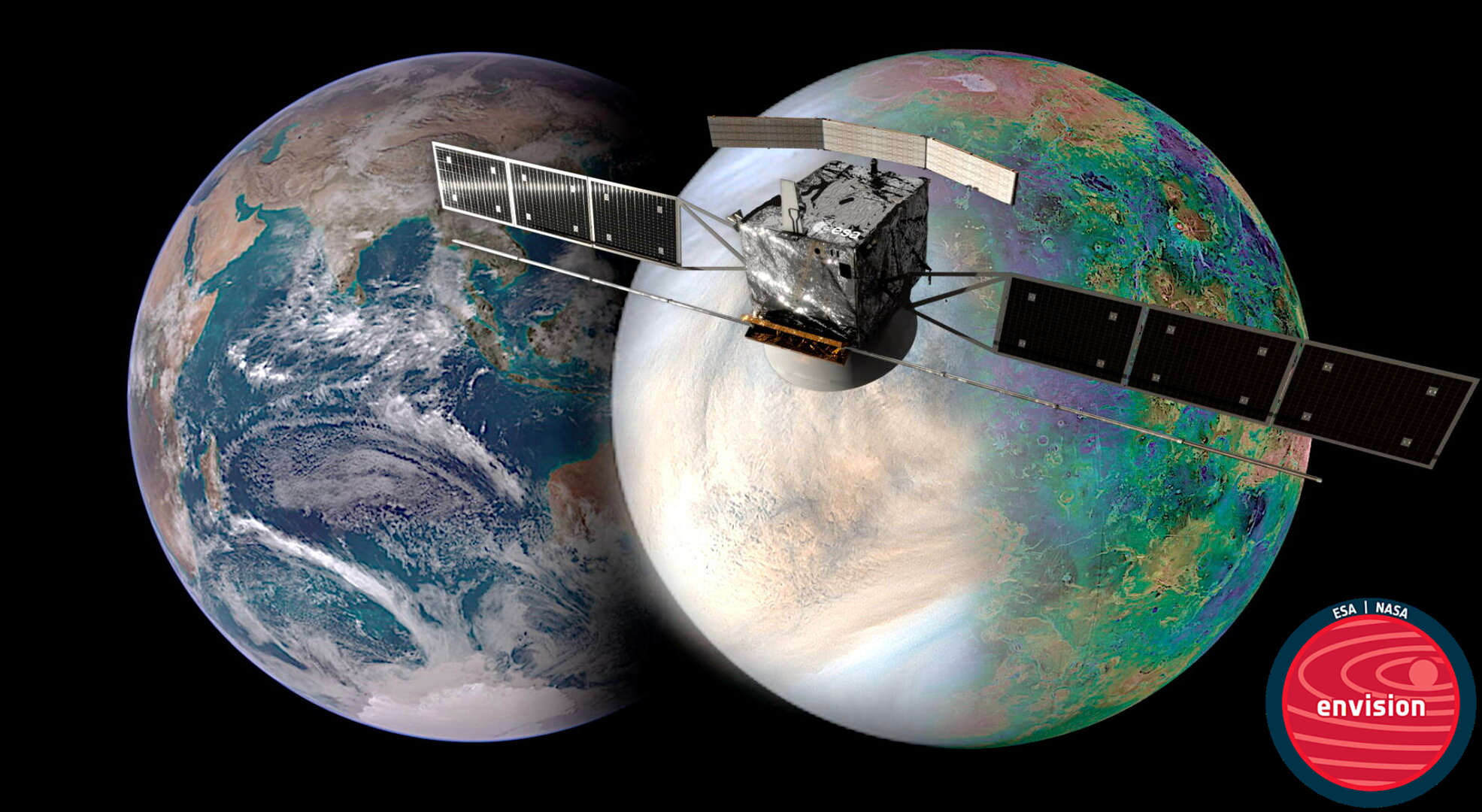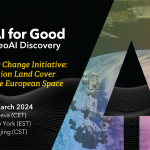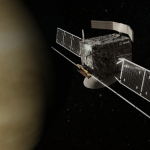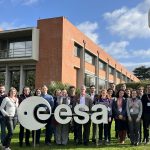
Project funded by National Aeronautics and Space Administration (NASA), European Space Agency (ESA) and Agenzia Spaziale Italiana (ASI).
Venus is the most Earth-like of the Sun’s terrestrial planets in terms of its size, composition and distance from the Sun. Yet at some point in planetary history, the two started to evolve very differently. Venus today is far too hot to host liquid water at its surface, but it may have had a more Earth-like climate for billions of years before developing a runaway greenhouse effect. Hence, Venus provides a natural laboratory for studying how habitability – or the lack of it – evolved in the Solar System.
The EnVision scientific objective is to provide a holistic view of Venus from its inner core to its upper atmosphere, studying the planet’s history, activity and climate. The science objectives will be addressed by its five instruments and one experiment. The NASA VenSAR S-band radar will provide targeted polarimetric imagery as well as radiometry and altimetry observations. The high frequency Subsurface Radar Sounder (SRS), provided by Italy, will penetrate the upper 100 m to 1 km of the planets’ surface. Three spectrometers, VenSpec-U (provided by France), Ven-Spec-H (provided by Belgium) and VenSpec-M (provided by Germany), are operated in the UV and near and shortwave Infrared wavelength range. The VenSpec suite will map trace gases, including search for volcanic gas plumes above and below the clouds, and map surface emissivity and composition. A Radio Science Experiment (RSE) investigation is exploiting the spacecraft Telemetry Tracking and Command (TT&C) system to observe the planet’s gravity field and to sound the structure and composition of the middle atmosphere and the cloud layer in radio occultation.




